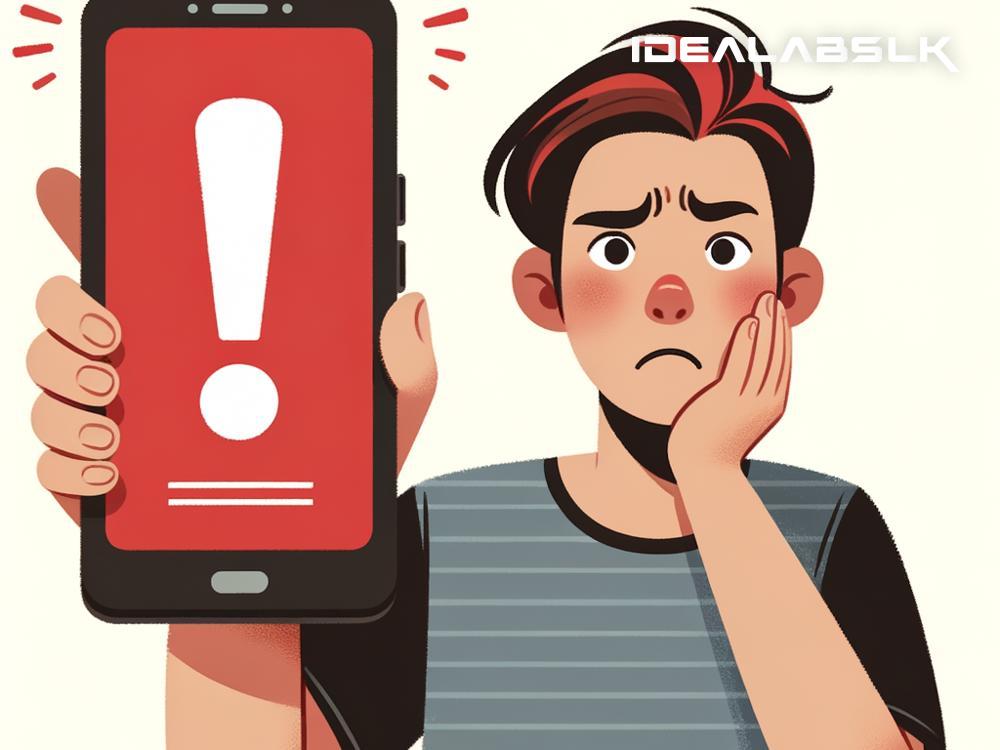Title: A Simple Guide: How to Fix 'Cannot Enable Multi-Factor Authentication on Devices'
In today's digital world, the protection of your online accounts and personal information has never been more crucial. One of the most effective ways to enhance your digital security is by enabling Multi-Factor Authentication (MFA) on your devices. MFA adds an extra layer of protection by requiring two or more verification factors to access your accounts, making it much harder for unauthorized people to gain entry. But what if you find yourself scratching your head, wondering why you can't turn on this crucial feature? Don't fret! Let's break down, in simple English, how you can fix the issue of being unable to enable Multi-Factor Authentication on your devices.
Step 1. Check Compatibility
First things first, ensure that your device or the app you're trying to protect supports MFA. Not all platforms have this feature built-in. A quick search online or a visit to the app's or device’s official help page should clarify this. If MFA is supported and you still face issues, move on to the next step.
Step 2. Update Your Device or App
Sometimes, the simplest solutions solve the biggest problems. The inability to enable MFA might be due to running an outdated version of the software on your device or within the app you're trying to secure. Check for any updates and install them. Keeping your software up-to-date is good practice for security in general, not just for enabling MFA.
Step 3. Check Your Internet Connection
MFA setup processes often require you to be connected to the internet. A poor or unstable connection might hinder the setup process. Ensure your device is connected to a stable internet connection before attempting to enable MFA again.
Step 4. Clear Cache and Data (For Apps)
If you're trying to enable MFA on a specific app and facing issues, clearing the app’s cache and data might help. This step can remove temporary files and data that might be causing the problem. However, be warned that clearing an app’s data might log you out of the app or delete saved information, so proceed with caution.
Step 5. Contact Support
If none of the above steps work, it might be time to call in the cavalry. Reach out to the support team of the device or app you're trying to secure. They might be aware of the issue and can provide specific instructions or solutions to resolve it. Don’t forget to provide them with details such as your device model, operating system version, and a description of the problem for a smoother support experience.
Step 6. Review Your Security Settings
In some cases, your device or account security settings might be preventing you from enabling MFA. Some devices or platforms may require you to adjust your security settings or verify your identity through another method before allowing you to set up MFA. Take a deep dive into your settings or look for a security section to explore available options.
Final Thoughts
While Multi-Factor Authentication is a powerful tool in securing your digital life, issues in enabling it can indeed be frustrating. However, by following the simple steps outlined above, you can troubleshoot the most common problems and enhance your device or account's security.
Remember, the world of technology is always evolving, and staying informed about best practices in digital security is crucial. So, don't hesitate to explore further and educate yourself on the different types of MFA available (like SMS codes, authenticator apps, or biometrics) and how they can provide varying levels of security for your digital presence.
Facing technical issues is a part of the digital experience, but with a little patience and some troubleshooting, you can overcome these hurdles and ensure that your digital world is as secure as it can be. And remember, in the digital age, being proactive about your security is always better than being reactive to a security breach. Stay safe out there!

